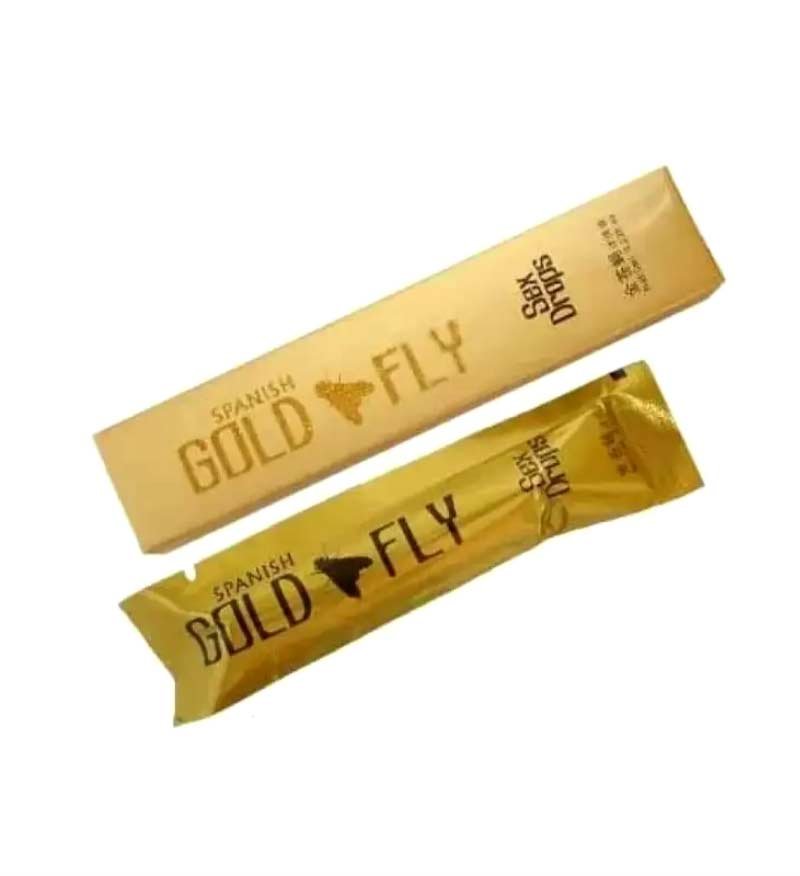
Ever wondered what the secret to the mesmerizing allure of the elusive Gold Fly is? Look no further. The answer lies in its captivating iridescent golden wings, each glistening under the sunlight like a piece of precious metal. This unique species, known for its striking beauty, has fascinated entomologists and nature enthusiasts alike for generations. Join us on a journey to uncover the enchanting mystery that surrounds the magnificent Gold Fly.
The Fascinating World of Gold Fly: A Closer Look at This Shiny Insect
Welcome, curious minds, to the enchanting world of the gold fly. These tiny creatures may not be as well-known as butterflies or ladybugs, but they have a unique charm and beauty that deserve our attention. In this article, we will delve into the fascinating life of the gold fly, exploring its characteristics, behavior, habitat, and much more. So, grab your magnifying glass and join me on this exciting journey!
What is a Gold Fly?
First things first, let’s get to know our star of the show – the gold fly. These shimmering insects belong to the family of Dolichopodidae, commonly known as long-legged flies. As the name suggests, gold flies are characterized by their striking golden or metallic green coloration, which sets them apart from other common flies.
Gold flies are typically small in size, measuring around 2 to 5 millimeters in length. Despite their diminutive stature, these insects possess a remarkable level of agility and speed, making them a fascinating subject for study and observation.
The Shiny Coat of Gold Flies
One of the most intriguing features of gold flies is their iridescent exoskeleton, which gives them a distinct shimmering appearance. The golden hue of their exoskeleton is not just for show; it serves a vital purpose in their survival and reproduction.
The metallic sheen of gold flies is produced by tiny structures on their exoskeleton that reflect and refract light in a unique way. This iridescence not only helps them blend in with their surroundings but also plays a role in attracting potential mates during the mating season.
The Mysterious Behavior of Gold Flies
Gold flies are known for their energetic and lively behavior, flitting through the air with remarkable speed and agility. Despite their small size, these insects are skilled hunters, preying on other tiny insects and even smaller arthropods.
One fascinating aspect of gold fly behavior is their intricate courtship rituals. During the mating season, male gold flies engage in elaborate displays to attract females, showcasing their agility and vibrant colors. The mating dance of gold flies is a sight to behold, with intricate patterns and movements that reflect the sheer beauty of nature’s design.
The Habitat of Gold Flies
Gold flies can be found in a variety of habitats, ranging from lush green meadows to urban gardens and even tropical rainforests. These versatile insects have adapted to thrive in diverse environments, thanks to their ability to feed on a wide range of small prey and their agile flying skills.
In the wild, gold flies can often be spotted near water bodies such as streams, ponds, and marshes, where they find ample food sources and suitable breeding grounds. Their preference for watery habitats also serves as a natural defense against predators, as the reflective surface of the water helps camouflage their shimmering bodies.
The Life Cycle of Gold Flies
Like many other insects, gold flies undergo a complete metamorphosis, consisting of four distinct stages: egg, larva, pupa, and adult. The life cycle of a gold fly begins when a female lays her eggs in a suitable environment, such as moist soil or decaying vegetation.
Once the eggs hatch, tiny larvae emerge, feeding on organic matter and small insects in their surroundings. As they grow and develop, the larvae go through several molts before entering the pupal stage, where they undergo a remarkable transformation inside a protective cocoon.
After a period of development, adult gold flies emerge from the pupal stage, ready to take flight and continue the cycle of life. The entire life cycle of a gold fly may vary in duration depending on environmental conditions and species-specific factors.
Conservation of Gold Flies
Despite their small size, gold flies play a crucial role in maintaining the ecological balance of their habitats. As natural predators of small insects and pests, these tiny creatures help control insect populations and contribute to the overall health of ecosystems.
However, like many other insect species, gold flies face threats from habitat loss, pollution, and climate change. Conservation efforts aimed at preserving their habitats and raising awareness about the importance of these insects are essential to ensure their survival for future generations.
How You Can Help Protect Gold Flies
There are several ways you can contribute to the conservation of gold flies and other insect species in your area:
- Support local conservation initiatives and wildlife protection programs.
- Create a pollinator-friendly garden with native plants that attract insects like gold flies.
- Avoid using chemical pesticides and herbicides that can harm beneficial insects.
- Educate others about the importance of insects in the ecosystem and the need to preserve their habitats.
In conclusion, the world of the gold fly is filled with wonder and beauty, offering a glimpse into the intricate web of life that surrounds us. These tiny insects may be small in size, but their presence has a significant impact on the delicate balance of nature.
By learning more about gold flies and appreciating their unique qualities, we can gain a deeper understanding of the natural world and the vital role that insects play in sustaining life on Earth. So, the next time you spot a shimmering gold fly flitting through the air, take a moment to marvel at the magic of these tiny yet magnificent creatures.
Thank you for joining me on this exploration of the dazzling world of gold flies. Until next time, keep your eyes open for the shimmering beauty of nature all around you!
Antique Gold Fly Stick Pin – Intricate Craftsmanship
Frequently Asked Questions
What is gold fly and how does it work?
Gold fly is a type of aphrodisiac that is often marketed as a product to enhance sexual desire and performance in women. It is claimed to work by increasing blood flow to the female genital area, thereby heightening sensitivity and arousal. However, the effectiveness and safety of gold fly have not been scientifically proven.
Are there any potential side effects of using gold fly?
Yes, using gold fly may come with potential side effects. These can include allergic reactions, dizziness, nausea, headaches, and even more serious health risks due to the unknown ingredients in the product. It is essential to consult with a healthcare professional before using any such product.
Is it safe to use gold fly as a sexual enhancement supplement?
The safety of using gold fly as a sexual enhancement supplement is not guaranteed. Since the product is not regulated by health authorities and its ingredients are often not disclosed properly, there are risks involved in using it. It is recommended to opt for safer and scientifically-backed methods for enhancing sexual performance and desire.
Final Thoughts
The gold fly, a rare and fascinating insect, has captured the attention of researchers and enthusiasts alike. Its shimmering golden appearance and unique behavior make it a subject of study and admiration. As we delve deeper into understanding the gold fly, we uncover the mysteries and wonders of the natural world. Through continued research and conservation efforts, we can ensure the preservation of this remarkable species. In conclusion, the gold fly stands as a shining example of the beauty and complexity found in the world around us.






